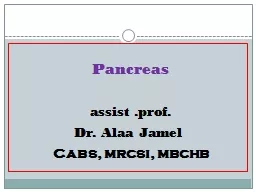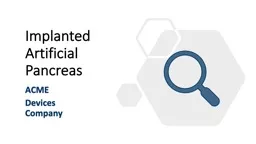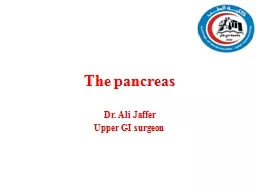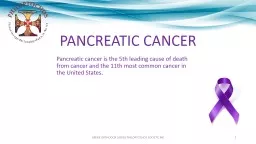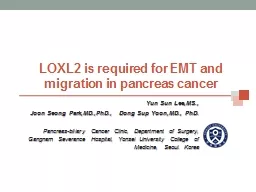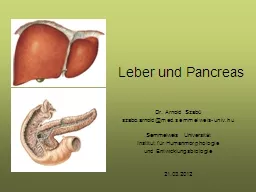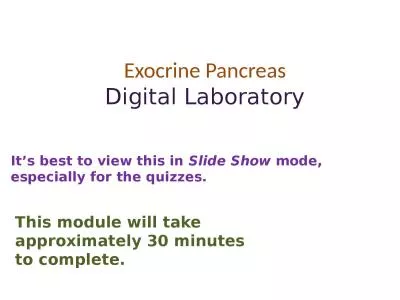PPT-Quality Review of Pancreas Cancer
Author : tatiana-dople | Published Date : 2019-12-18
Quality Review of Pancreas Cancer Presenter Patrick Nicolin BA CTR Metropolitan Detroit Cancer Surveillance System MDCSS Wayne State University MDCSS Populationbased
Presentation Embed Code
Download Presentation
Download Presentation The PPT/PDF document "Quality Review of Pancreas Cancer" is the property of its rightful owner. Permission is granted to download and print the materials on this website for personal, non-commercial use only, and to display it on your personal computer provided you do not modify the materials and that you retain all copyright notices contained in the materials. By downloading content from our website, you accept the terms of this agreement.
Quality Review of Pancreas Cancer: Transcript
Download Rules Of Document
"Quality Review of Pancreas Cancer"The content belongs to its owner. You may download and print it for personal use, without modification, and keep all copyright notices. By downloading, you agree to these terms.
Related Documents



